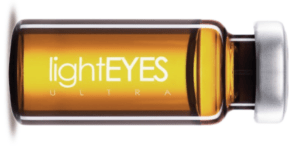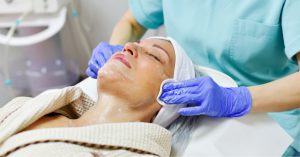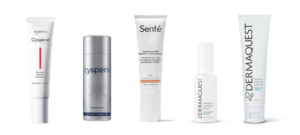Ariana Torti from Signature Health provides Osteopathy services here at Cheshire Lasers. She is a Naturopathic Osteopath who specialises in complex health conditions.
Osteopathy is a whole-person approach to health.
As highly trained healthcare professionals, osteopaths take the time to understand your individual history, circumstances and unique physiology so they can provide you with a personalised plan to get you as healthy as possible.
Osteopaths have the expertise and training to provide you with a thorough examination, taking the time to find out as much as possible about your current and past health history. They will also undertake physical examinations to ensure that they can provide the most suitable treatment plan or refer you to other healthcare professionals if required.
Osteopaths do NOT just treat backs!
Of course, they do, but Osteopaths treat all joints and muscle dysfunction in the body, from your head attachment to your neck down to your elbow, knees, ankles, fingers and feet.
Osteopathy is a system of healthcare which includes clinical reasoning, diagnosis, nutritional and lifestyle advice, exercise therapy and hands-on therapy. Osteopaths are highly-qualified healthcare practitioners with a Medical Sciences degree and a specialist knowledge of anatomy and musculoskeletal conditions. Osteopaths are recognised as Allied Health professionals by NHS England (as are paramedics, podiatrists and more). This puts Osteopaths on an equal standing to dentists or physiotherapists and guarantees an equivalent high level of care.
Health Education England (HEE) and the Institute of Osteopathy have published a quick guide to support clinical and workforce leads, operational managers, and any senior leaders who are involved in workforce development to understand the value that osteopaths can bring to productive NHS services and facilitate the best use of the multi-professional workforce.
The Institute of Osteopathy (iO) has teamed up with the NHS and launched iO NHS internships to facilitate the recruitment of more Osteopaths in NHS Musculoskeletal (MSK) Teams.
How can an Osteopath Help me?
Osteopaths have a well-deserved, evidence-based reputation for expertise in treating musculoskeletal conditions, such as back, neck, joint, muscle and arthritic discomfort.
People also visit osteopaths for various other health reasons, including neuromuscular conditions such as sciatica, digestive issues, headaches and migraine prevention.
What can I expect during a consultation?
Osteopaths will take the time to understand your symptoms, medical history and lifestyle, which will help them diagnose the cause of your issue.
You will need to undertake a physical examination. This will often comprise you undertaking some movements and for the osteopath to examine areas to feel for any tightness in the muscles and stiffness in the joints to identify problems.
Sometimes the cause of the problem may be in a different area to the pain. For example, pain in your lower arm may be linked to the nerves in your neck, so they may need to examine your whole body.
Your osteopath may refer you for tests like X-rays, MRIs or blood tests. Occasionally, they may diagnose an issue they cannot treat and refer you to your GP or another appropriate health professional.
As with any health consultation, they will record this confidential information to form part of your health record and store it in accordance with legal requirements for medical data.
What does treatment involve?
Osteopathic treatment often involves manual therapy – a range of gentle hands-on techniques that focus on releasing tension, stretching muscles and improving mobility – together with exercises and helpful advice designed to help you relieve or manage your pain, keep active and maintain the best of health.
Before an osteopath starts any treatment, they will explain what is involved so you can agree and consent to your course of treatment.
Osteopathic treatment is usually a very gentle process. There may be times when you experience discomfort during or experience some mild soreness after treatment. This will normally go away within 48 hours. Your osteopath will let you know if they think that any of the techniques they recommend are likely to be uncomfortable.
If you experience serious or unusual symptoms after treatment, you should contact your osteopath immediately for advice.
What training do Osteopaths have?
An osteopath must attain specialist degree-level training, either a Bachelor of Science (BSc.) or integrated Masters (MOst.), plus complete over 1000 hours of clinical placements (direct patient contact time).
By law, an osteopath must register with the General Osteopathic Council (GOsC) to practise in the UK.
To maintain their registration with GOsC, osteopaths must meet mandatory continuous professional development (CPD): keeping skills and knowledge up-to-date and maintaining high professional development standards.
Am I too young / too old to see an Osteopath?
Osteopaths are trained in therapeutic approaches that are suitable for individuals of all ages, including the frail and the elderly. Osteopathic care is delivered through various interventions depending on the patient’s needs. This may include referral, health education, manual therapy, exercise therapy and nutrition,
Manual therapy techniques may include articulation and manipulation of joints and soft tissues.
Based on evidence submitted to the Committee of Advertising Practice (CAP) before November 2016, the Advertising Standards Authority (ASA) and CAP accept that Osteopaths can claim to treat the following:
Arthritic pain
Circulatory problems
Cramp
Digestion problems
Fibromyalgia
Frozen shoulder/ shoulder
Elbow pain/ tennis elbow (lateral epicondylitis arising from associated musculoskeletal conditions of the back and neck, but not isolated occurrences)
Headache arising from the neck (cervicogenic)
Joint pains
Joint pains including hip and knee pain from osteoarthritis as an adjunct to core OA treatments and exercise
General, acute & chronic backache, back pain (not arising from injury or accident)
Generalised aches and pains
Lumbago
Migraine prevention
Minor sports injuries
Muscle spasms
Neuralgia
Tension and inability to relax
Rheumatic pain
Sciatica
Uncomplicated mechanical neck pain.
What to expect from an Osteopath appointment with Ariana
Ariana diagnoses your condition and blends osteopathy, massage, advanced K-Laser therapy, and nutritional support to speed up healing. She empowers patients with graded exercises to build confidence. She keeps you as mobile and healthy as possible in preparation for milestones such as surgery, childbirth or a sporting event.
Ariana enjoys treating patients who cannot afford to be ill. As they feel accountable for their health, they are more likely to make a difference to return to normal.
She tends to treat patients from the age of 14. But primarily sees patients 40 – 80 years old, male or female, with chronic conditions. Often she sees patients with musculoskeletal pain for more than six weeks. Her patient’s problems often come with many conditions, such as digestive issues.
She loves working with more mature patients offering support and helping them adapt to a longer-term situation. Ariana enjoys offering gentle treatments, typically with K-Laser therapy and gentle mobilisations. She can also offer chair-based fitness if you have an appetite for gentle exercise and fear falling.
Above all, she finds it particularly rewarding to develop a therapeutic partnership with patients who are compliant with treatment frequency and plan.
Ariana looks forward to treating your aches and pains through personalised healthcare.
What is the difference between physiotherapy, chiropractic and osteopathy?
Arian shares the difference between physiotherapy, chiropractic and osteopathy here on her website.
Find out more about Ariana and her treatments and prices here.

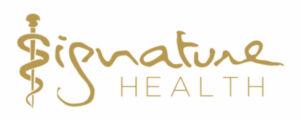
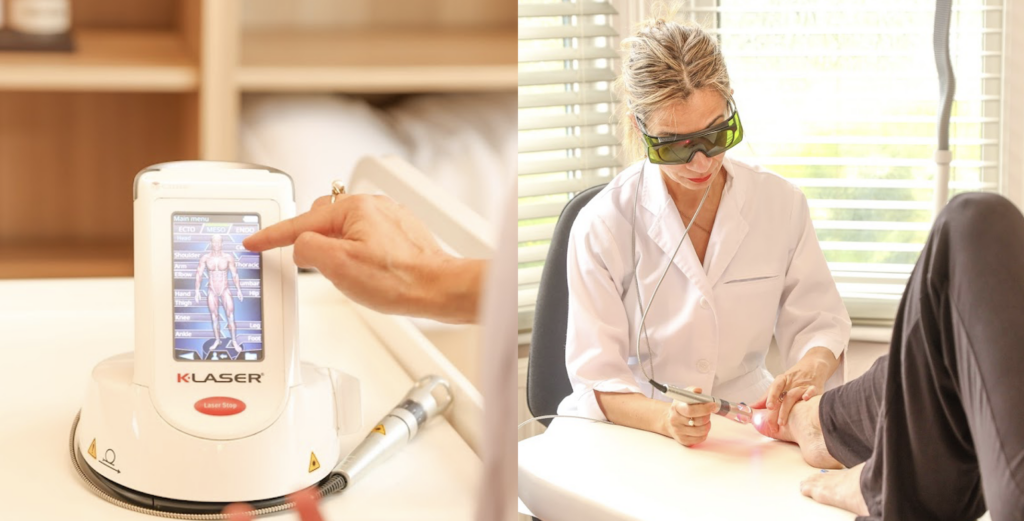
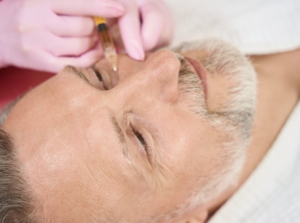

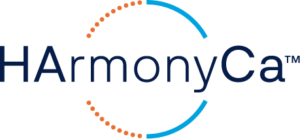
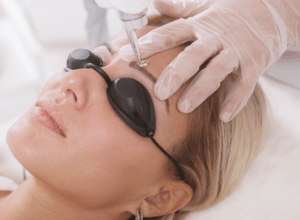
 Before and after one treatment
Before and after one treatment
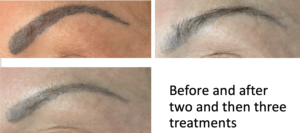
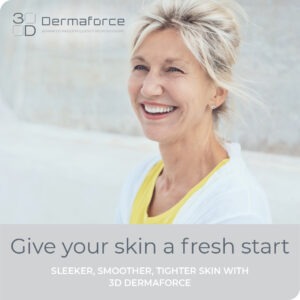
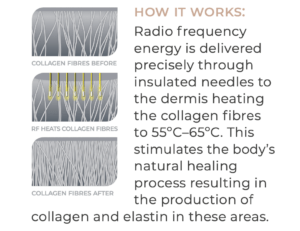


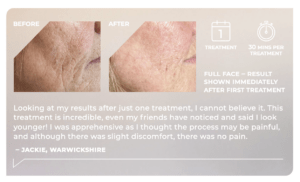


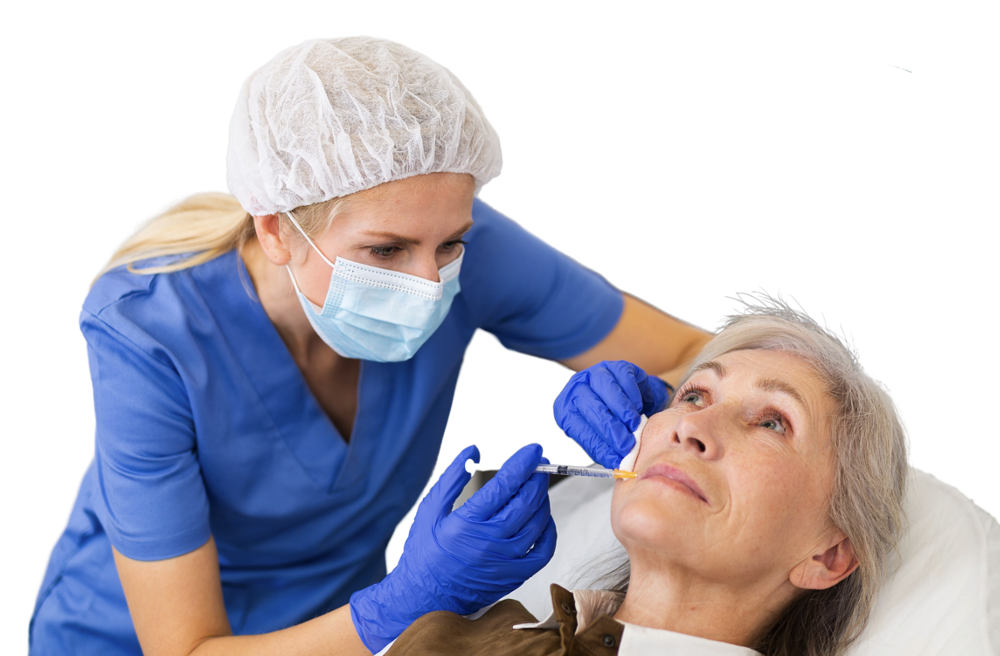


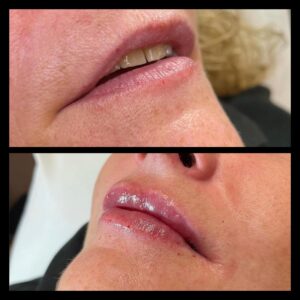
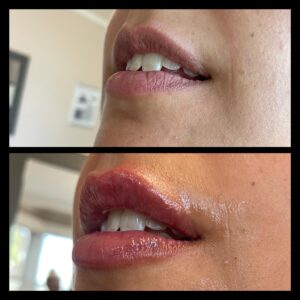
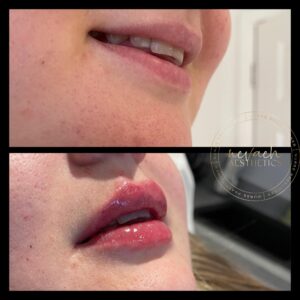

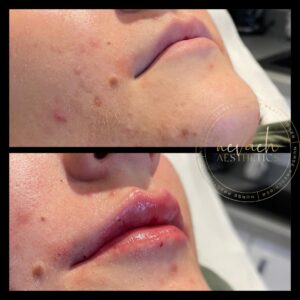
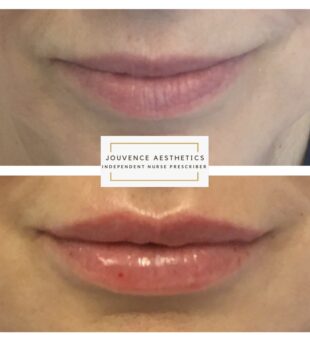
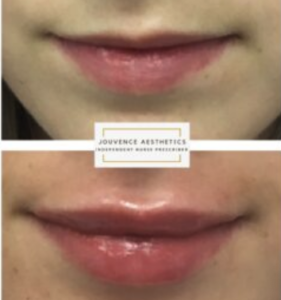
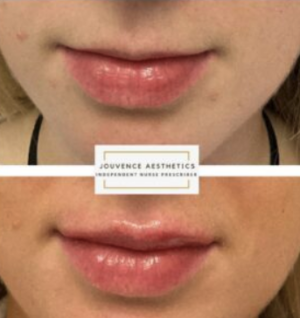



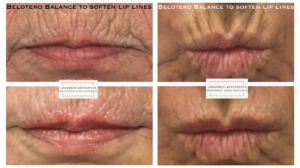
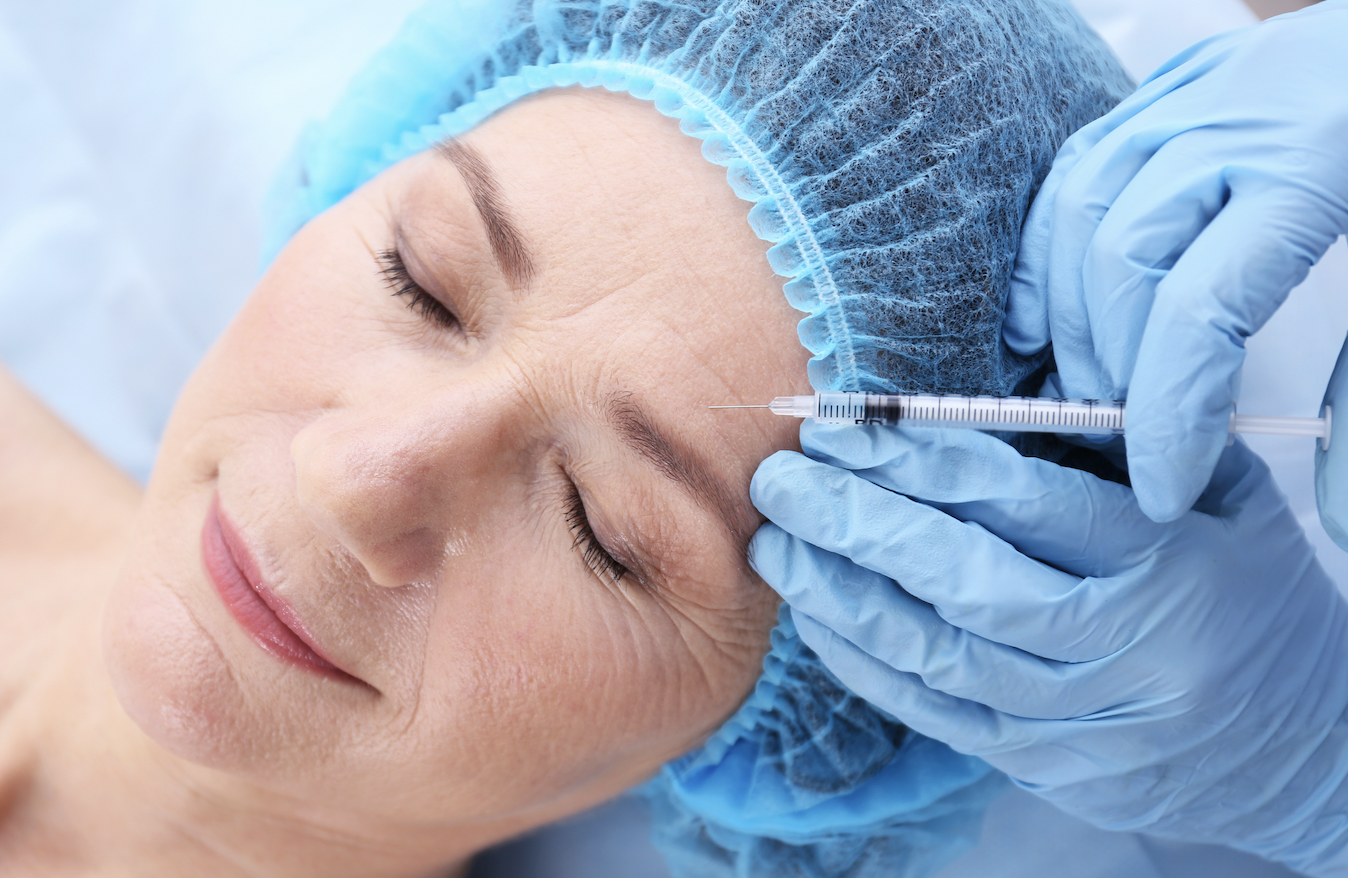
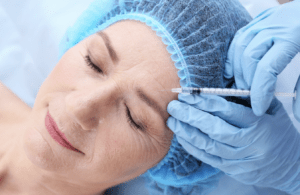

 Polynucleotides have been used since the 1950s; initially, they were used for wound healing.
Polynucleotides have been used since the 1950s; initially, they were used for wound healing.